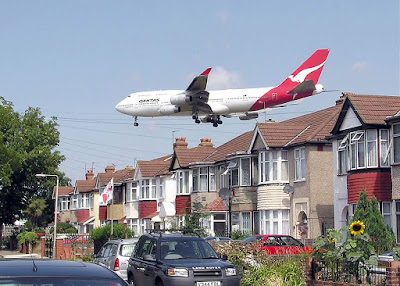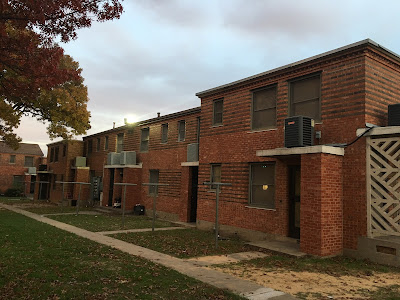The City - the Stepchild of State and National Policies

Rahm Emanuel and Stephanie Rawlings Blake may have not much in common, but they would clearly agree on one thing: Being the mayor of a large American City is one of the hardest jobs in America. Their paths crossed at the US Conference of Mayors in DC when a protester of the Chicago police killing held a placard in front of Rawlings Blake while she was welcoming the 250 mayors who assembled in DC. Both are intelligent and progressive, yet they both failed when it came to leading a big city because the deck is stacked against them as much as it stacked against minorities and the urban poor. Rawlings Blake and Emmanuel at the US Conference of Mayors winter '16 There is a significant surge in interest in cities in general and a surge of people who want to live in central cities followed by businesses who relocate to urban areas, both, in the US and worldwide. But urban policies have not kept up. Most not only were shaped far in the century before last, when cities had become ce...


